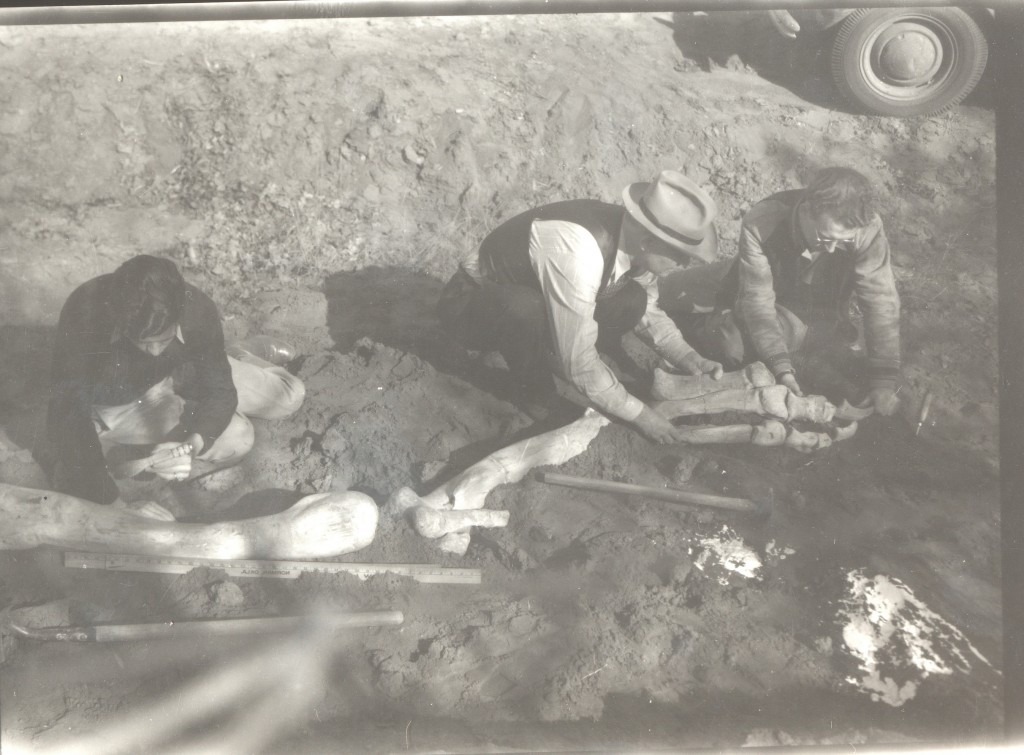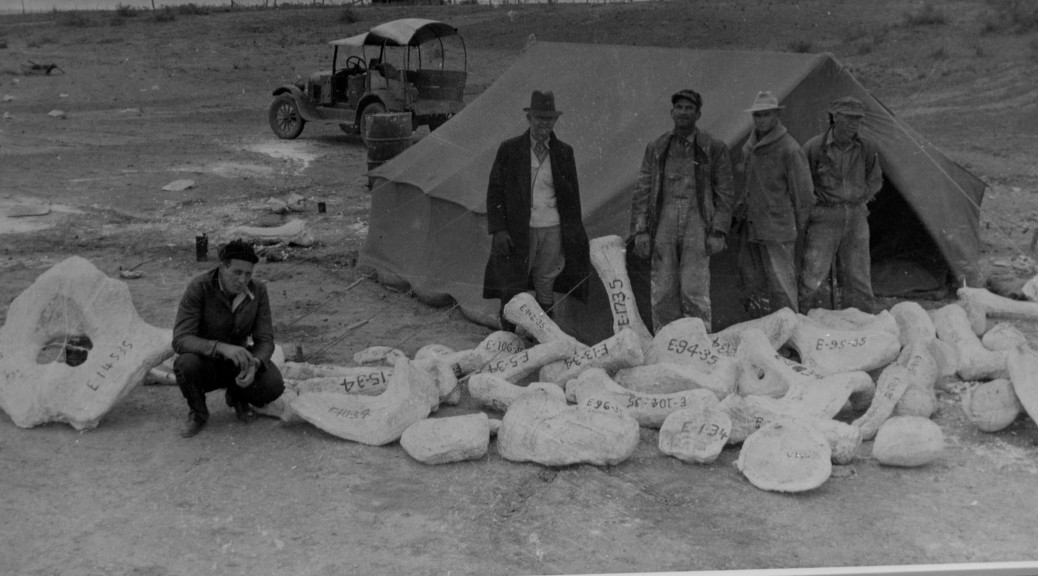Since the beginning of the year I have been involved in a project of more or less my own design. I have been digitizing and curating a collection of photos at the Sam Noble Oklahoma Museum of Natural History here at OU. They are mostly records of paleontology projects undertaken at some point with WPA funds. Some were already working before the WPA projects, others were opened with the funding, others still were either, neither, or both.
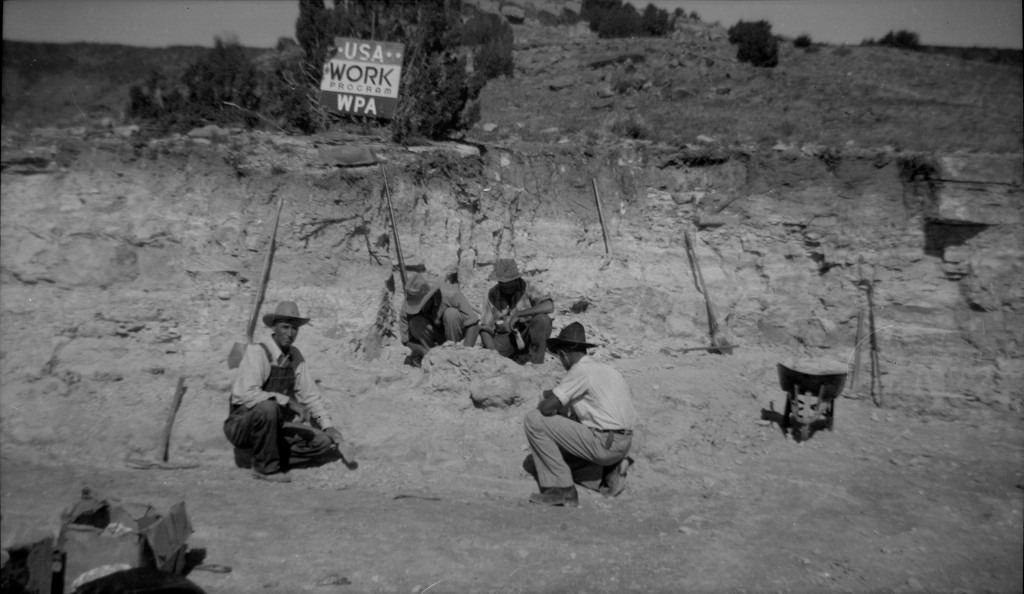

I am almost halfway through the set, scanning them as high as my laptop can stand. They aren’t bad quality, but they could be better, anything over 2400 dpi and a .tiff file goes against everything my current laptop stands for. It is a useful endeavor and one I am already seeing fruit from which makes it worth it. The reason I am updating now is that abstract submissions are open and I need to think through how I am going to present this information at the Society of Vertebrate Paleontology this year. I use writing to do that.
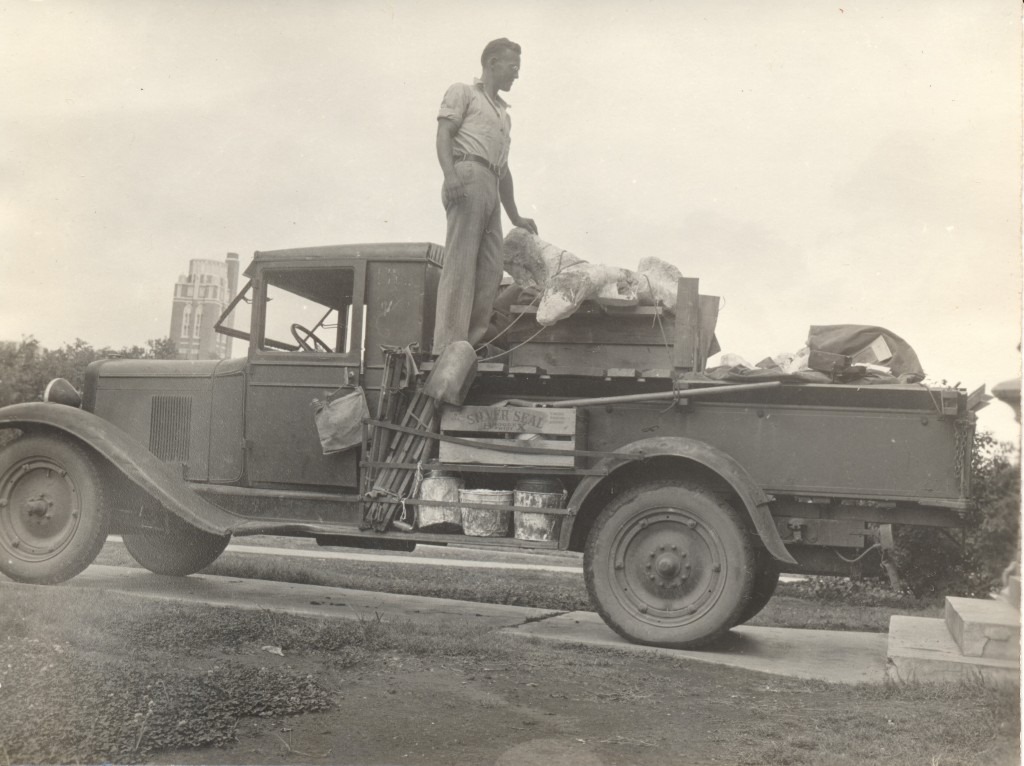
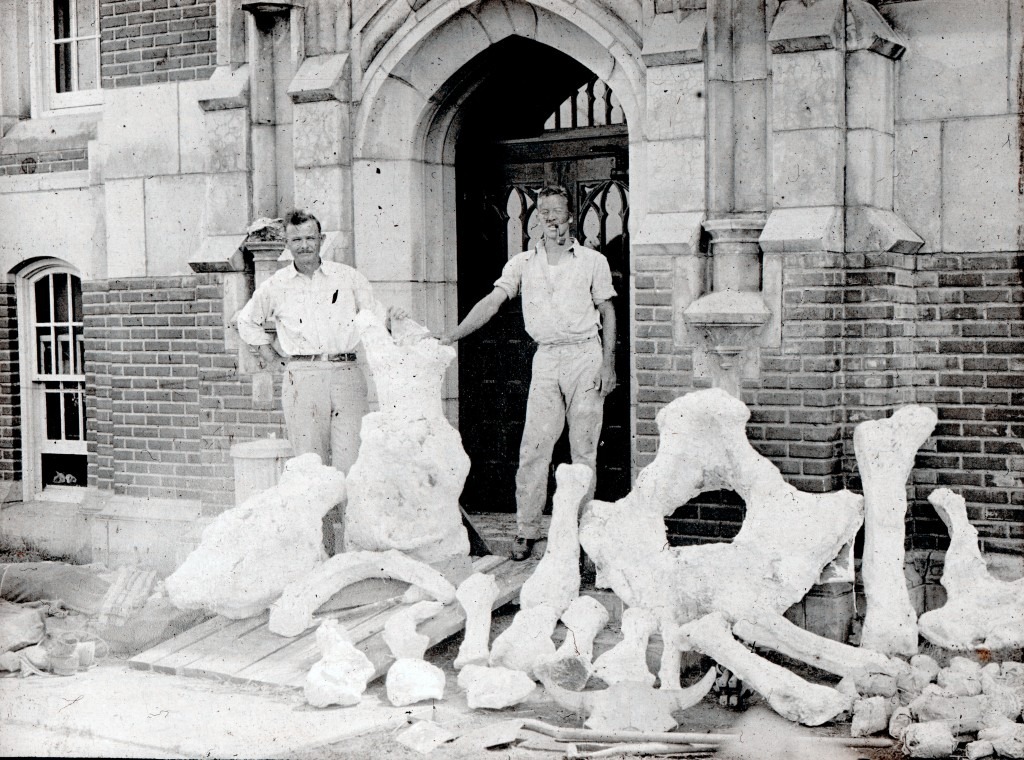
About two-thirds of what is on display in the paleo hall in the museum was, in some way, connected to WPA money. Even the final report in 1940 stated that many of these projects will be ongoing for the foreseeable future. As a side note, the archaeological excavation of the Spiro Mounds in Oklahoma were at least partially funded by the WPA. The interesting thing about WPA funding in history is that it falls into two categories the “muralists” and the “non-muralists.” Muralists painted murals. Non-muralists has been used to describe the out of work authors. A friend of mine is doing her PhD on post office Murals in Oklahoma. I ran across some WPA stuff in my first thesis as the murals at the National Zoo in D.C. were painted by WPA painters. The artists that weer on hand for the Spiro work were WPA artists and there is even a poster about the “forgotten artists of that project hanging in the hallway going down to our collections at the museum. In that same hallway are two paleo murals painted by Ralph B. Shead, who was artist and the state supervisor for the OU branch of the WPA. The frames obscure the dates somewhat, but I believe one is from 1934 and the other was finished in 1941.


My point here is that the WPA was more than just art and literature. The “non-muralists” were the ones who were paid to write up travel guides for the western states and similar ephemera for the tourist industry. Where did WPA fund science, exactly? I know it was at OU, I know University of Texas has some stuff, KU does, and I think University of Nebraska does as well (that one is iffy). There are some reports online that some WPAleontology happened out in southern California, but I haven’t been able to chase those down yet. So there are broader connections here that I am working on and will hope to have published sooner rather than later if for not other reason that to show that the WPA funded more than ditch-digging, sidewalks, and train trestles.

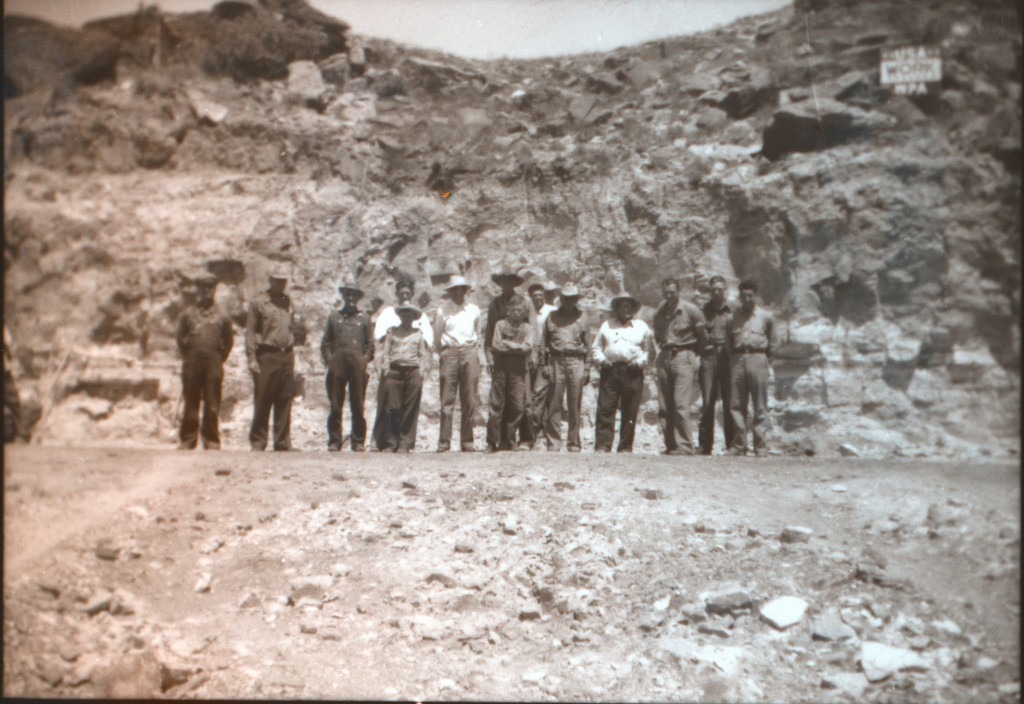
My first indication that they did any more than that comes from a hippo in the Field Museum. The placard said that it was prepared by WPA workers and I have been intrigued by that ever since. Growing up in Southeast Texas many of my family had been part of the WPA projects there which amounted to digging ditches to drain the swamps and river bottoms or something similar under the Corps of Engineers, in fact my uncle (great-great uncle in fact) used to say that WPA stood for “we piddle around.”



The photos that I am digitizing reveal that there were some sparsely populated areas where few workers could be found. They also reveal that the work was not only labor intensive overburden removal. Several of the workers were installed in the Paleontology lab that was at that time housed in the football stadium and given jobs as preparators bringing fossils out of their matrices, etc.


This is as American Experience profile as much as anything we’ve seen on PBS and if I could get similar stuff from these other university museums I think I could pitch it to Ken Burns (no relation) and have him come pan over the photos for dramatic effect.
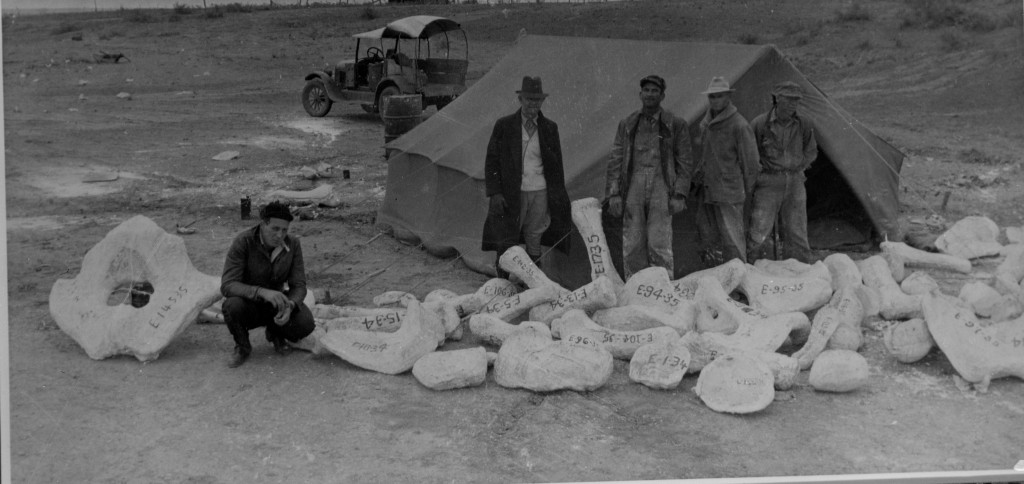

At OU and the Sam Noble in particular, some of the exhibits that have been on display for 75 years came to fruition through federal funding. That it was a federal program also give me, as a historian of science, a wealth of records as reports, letters, explanations, etc. were part of the patronage system. The papers housed in our Western History Collections reveal an astute businessman on one end dealing with the government and a natural showman when putting these things on display for the public, or an oil and gas festival, or a newspaper or radio interview.


This goes beyond just an interesting story to tell and showing cool photos. It is about civic involvement in science, it is about federal patronage, it is about governmental oversight, it is about federally funded citizen science. Community involvement was part of the deal and at least once, in May 1940 (the 20th to 25th to be precise) there was a week long exhibition at the museum, at the field sites, throughout the community that was to engage the public. It was “advertised in local newspapers and guides were present at all times to explain the exhibits.” The week was called “This Project Pays Your Community.” I have heard that some of these were held to educate people in order to stop looting, vandalism, etc. and I think that might be true for things like the Spiro Mounds, but the relative obscurity of these sites and there proximity to anything resembling town paired with the different money market for fossils then make that an unlikely motive for these particular projects.

I will try to update more, even if they are just posts of the most interesting images I have scanned or something similar. If my education and outreach poster is accepted I will definitely be sharing that on here as well. The interest is there, the timing is right, and people should know that the WPA was more than a stamp in the sidewalk and encompassed more than ditch diggers, mural painters, and guidebook authors.
